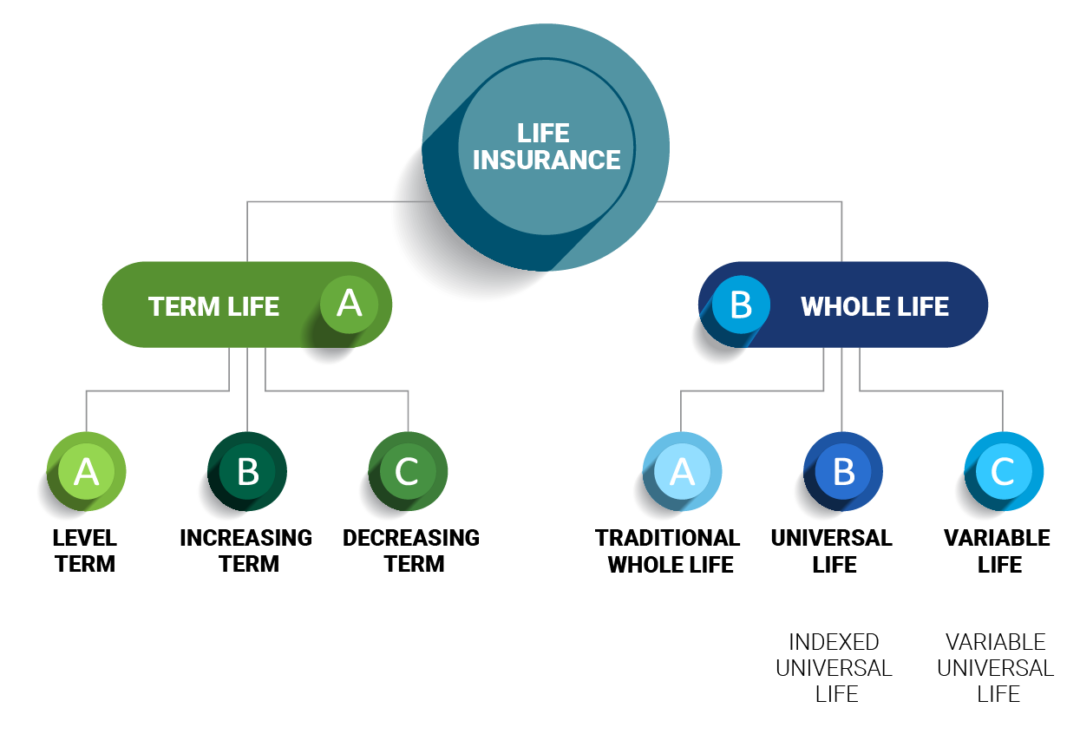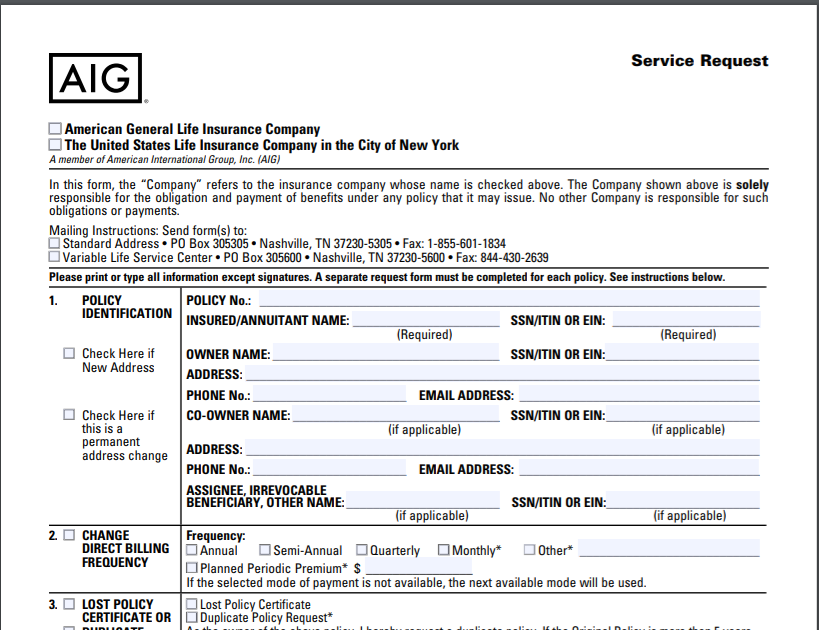

Whole life policies also have a cash value component that term policies do not, meaning you can borrow against the premiums you’ve paid into the policy in most cases.ĪIG Life Insurance offers the following types of whole life and universal life policies.ĪIG Guaranteed Issue Whole Life insurance. Whole Life Insurance is considered a form of permanent life insurance that provides coverage for the policyholder’s entire life as long as premiums are kept up to date. Premiums are waived as long as the total disability persists unless you become totally disabled after age 60, in which case the coverage extends for up to one year or until you turn 65. This rider waives premiums if a policyholder becomes disabled for at least six months.
#AIG TERM LIFE INSURANCE FREE#
AIG offers this additional coverage free with term life insurance policies.

If you’re diagnosed with a terminal illness and have less than two years to live, you can receive a portion of your death benefit while still alive. You can purchase between $500 and $25,000 of coverage which remains in force until your child turns 25 or you turn 65. This lets you cover all your children with a single rider. This functions like an accidental death insurance policy, providing up to $250,000 in additional coverage or the term policy’s face value if it’s less than $250,000. The following riders are available for AIG’s term policies. AIG term life insurance ridersĪIG’s term life insurance policies can be customized with riders which enhance coverage in certain situations.
#AIG TERM LIFE INSURANCE FULL#
With this option, you can surrender your policy and receive your full amount paid in premiums, convert to a whole life policy or buy paid-up life insurance up to age 95. However, the cost of a return of premium policy is typically about two to three times the cost of a standard policy. A return of premium policy is limited to those under 55 with a customizable length that starts at 20 years and a minimum policy amount of $100,000. AIG has no requirement to demonstrate insurability before converting to a permanent life insurance policy.ĪIG also offers a return of premium variation on its Select-a-Term policy.

You can convert an existing policy to a whole or universal life insurance policy if you’re faced with a situation or illness that makes it difficult to find affordable permanent coverage. Term policies are also convertible until you reach 70. Laddering allows you to determine the exact periods you need more or less insurance and combine more than one policy to fit that situation. A policy can be renewed until you turn 95.īecause AIG term insurance has flexible terms and amounts, you can ladder life insurance policies to meet financial situations throughout your life. You can renew your policy annually after the initial term but will pay more after each renewal. Term policies have level premiums throughout the life of the policy. With AIG, your age determines the term periods you’re eligible for.ĪIG’s term life insurance has a minimum face value of $50,000, but you can purchase up to $10 million in coverage if approved.

For an even longer term, up to 40 years, consider Prudential life insurance. Many companies offer term insurance policies, and you can see our top term life insurance providers here. When the policy period ends, the policy is no longer in force. If the insured person passes away during that period, the insurance company will pay a predetermined amount to the beneficiaries named in the policy. However, AIG offers policies up to 35 years in some cases. Term life insurance is a policy that lets a policyholder buy coverage for a specific period, generally between 10 and 30 years. Check each company’s financial health and customer ratings.ĪIG offers the following types of policies.Ensure competitive quotes are for the same coverage.Determine the amount of coverage and time you need it.Identify potential riders to customize the policy for you.When shopping for a life insurance policy: You can learn about the basics of life insurance here. Some whole life insurance policies have a cash value in addition to the death benefit value, functioning as a savings or investment account that earns interest and can be borrowed against in certain situations. The premium costs and policy amounts vary depending on several factors, such as age, gender, health and lifestyle. Life insurance is a contract between a person who agrees to make premium payments and an insurer that agrees to pay a death benefit to designated beneficiaries when the policyholder dies.


 0 kommentar(er)
0 kommentar(er)
